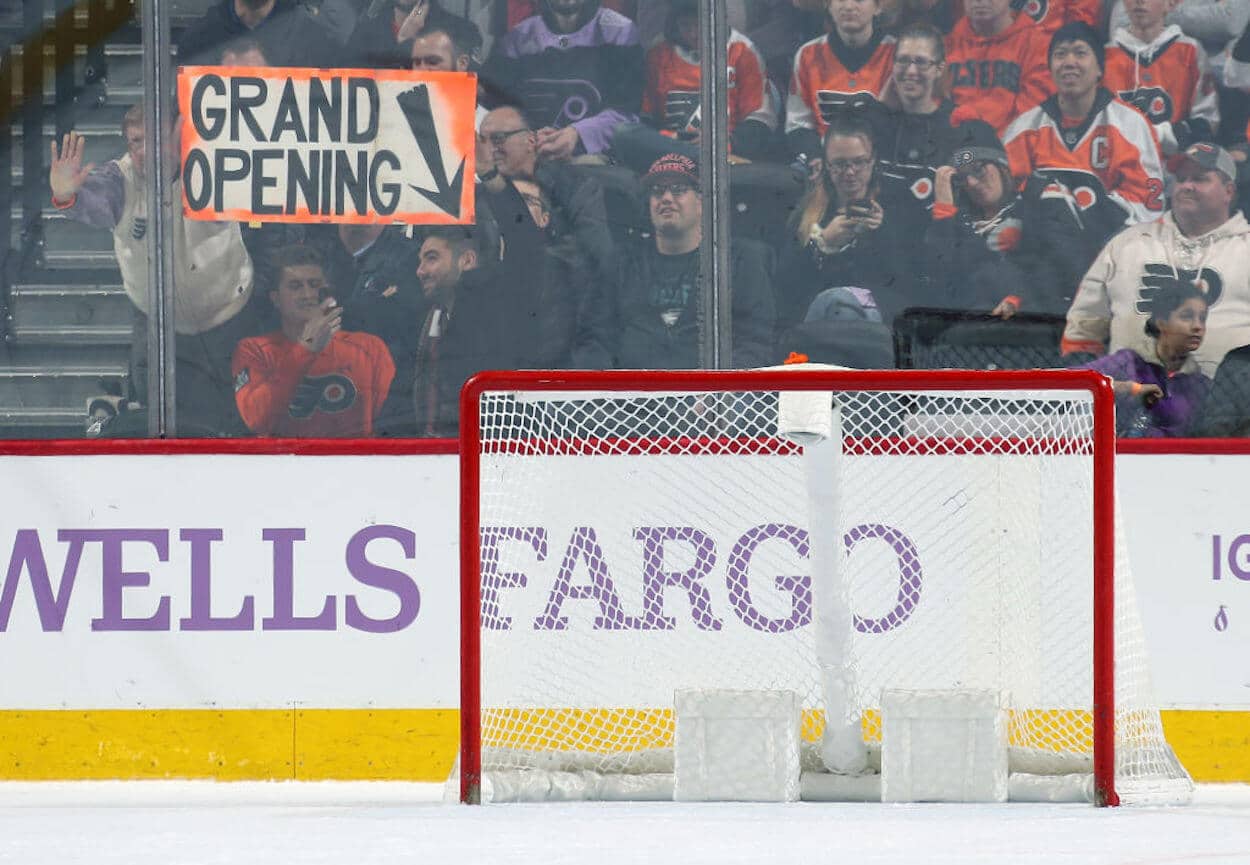NHL
Statistics Say This Is When NHL Teams Should Pull the Goalie

If you’re a hockey fan, you know the following scene all too well.
It’s the final minutes of a game, and one team is protecting a one-goal lead. At a certain point, the losing team goes all-in and pulls the final ace from their collective sleeve. The goalie skates to the bench, and an extra attacker hops over the boards.
At that point, it’s an all-or-nothing proposition, and both fanbases are on the edge of their seats. Can the winning team hold on against the mounting pressure? Or will the opposing team break through and force overtime?
But have you ever wondered when the optimal time to pull your goaltender is? While it’s unlikely that NHL coaches will ever follow the advice, a 2020 paper crunched the numbers and determined when the sixth attacker should hit the ice.
Let’s break it down.
NHL teams should ideally pull the goalie when there’s six minutes and ten seconds left in the game
Under most circumstances, NHL coaches won’t pull their goaltender until the final few minutes of a game. If you believe a statistical analysis from NYU professor Aaron Brown and hedge fund manager Clifford Asness, however, bench bosses should be biting the bullet much earlier.
Brown and Asness looked at data from the 2015-16 NHL season and considered the probability of scoring during each 10-second interval of a game. When they compared the full-strength rate against the rate when one team had pulled the goalie, they found that, unsurprisingly, the team with an empty net was more likely to conced than score.
The rub, however, is that giving up a goal really doesn’t matter. Within reason, there isn’t a difference between losing 2-1, 3-1, or 4-1. You don’t lose points in the standing for being on the wrong end of a blowout.
With that in mind, the pair set out to determine the opportune time to send out the attacker in terms of securing the most points without worrying about keeping the game close. The crossover point (when your chances of winning are better without the goalie surpass your chances of pulling ahead at even strength) is six minutes and 10 seconds for a one-goal deficit.
Yes, you read that correctly. This statistical model advocates for pulling the goalie with more than six minutes left in the game.
Things get even more extreme, though.
According to Brown and Asness, a team trailing by two goals should pull the goalie with 13 minutes remaining; if the deficit gets cut to one, the coach should replace his goalie and then follow the one-goal procedure at 6:10 remaining. And if you’re trailing by three goals, you should pull your goalie with 3:40 remaining in the third period.
While that might sound bizarre, it does make sense from a logical perspective. If you’re down 3-0 at the second intermission, you’re probably going home empty-handed anyway. Goal differential is only the sixth tie-breaker for end-of-season standings, so why not take the chance of conceding a few extra goals? The two points for a win are (theoretically) worth the downside of being blown out.
The study was conducted last season and used statistics from the 2015-16 NHL season. When most NHL teams are down, they’ll pull the goalie with about two minutes left. This gives their defense and the goalie more time to keep the game close in case the opposing team tries to go on the attack.
Both hockey culture and the human side of the game will probably keep this strategy confined to theoretical papers
Thus far, I’ve made a few references to logic and how, once you wrap your mind around the fact that losing by several goals is no different than losing by one, pulling the goalie does make sense. With that being said, though, don’t expect this trend to catch on, barring extreme situations like the one seen above.
Why is that?
The first thing to consider is the (admittedly broad) concept of hockey culture. The ice game is generally resistant to change, and coaches and players alike try to avoid rocking the boat whenever possible. If a bench boss started pulling the goalie with more than six minutes left regularly, it would place him in an unwanted spotlight. He’d be pilloried on social media and peppered with questions about the strategy after every loss.
Should that stop coaches from doing what’s best for their team? No, but there’s something to be said for the lack of job security. Unless you’re swimming in Stanley Cup rings like a hockey version of Scrooge McDuck, you don’t want to give your boss any extra reasons to think that someone else should be in charge.
Beyond that, there’s a human component to sports. While professional athletes may seem like superheroes, they’re real people who can be affected by how things are going.
Losing a game 10-0 minute may not be any worse than a 1-0 defeat from a standings perspective, but it’s tougher to swallow if you’re a player who has spent your entire life chasing victories. If those bad defeats start stacking up, it’s easy to imagine the mood of the locker room plummeting.
Similarly, consider the goaltender. While you could argue that team success is the most important metric, it’s easy to imagine a netminder taking offense to getting replaced by an extra attacker so much earlier than the norm. Again, hockey isn’t played in a vacuum. Even if the logic says a team will have the best chance to win by pulling the goalie with more than a period to play, you try explaining that to a player without making it sound like an insult.
Eventually, though, every sport evolves. The NHL, even if things move at a glacial pace, is no exception to that. Maybe one day, the coaches will get Brown and Asness’ memo and start pulling the goalie a bit earlier.











